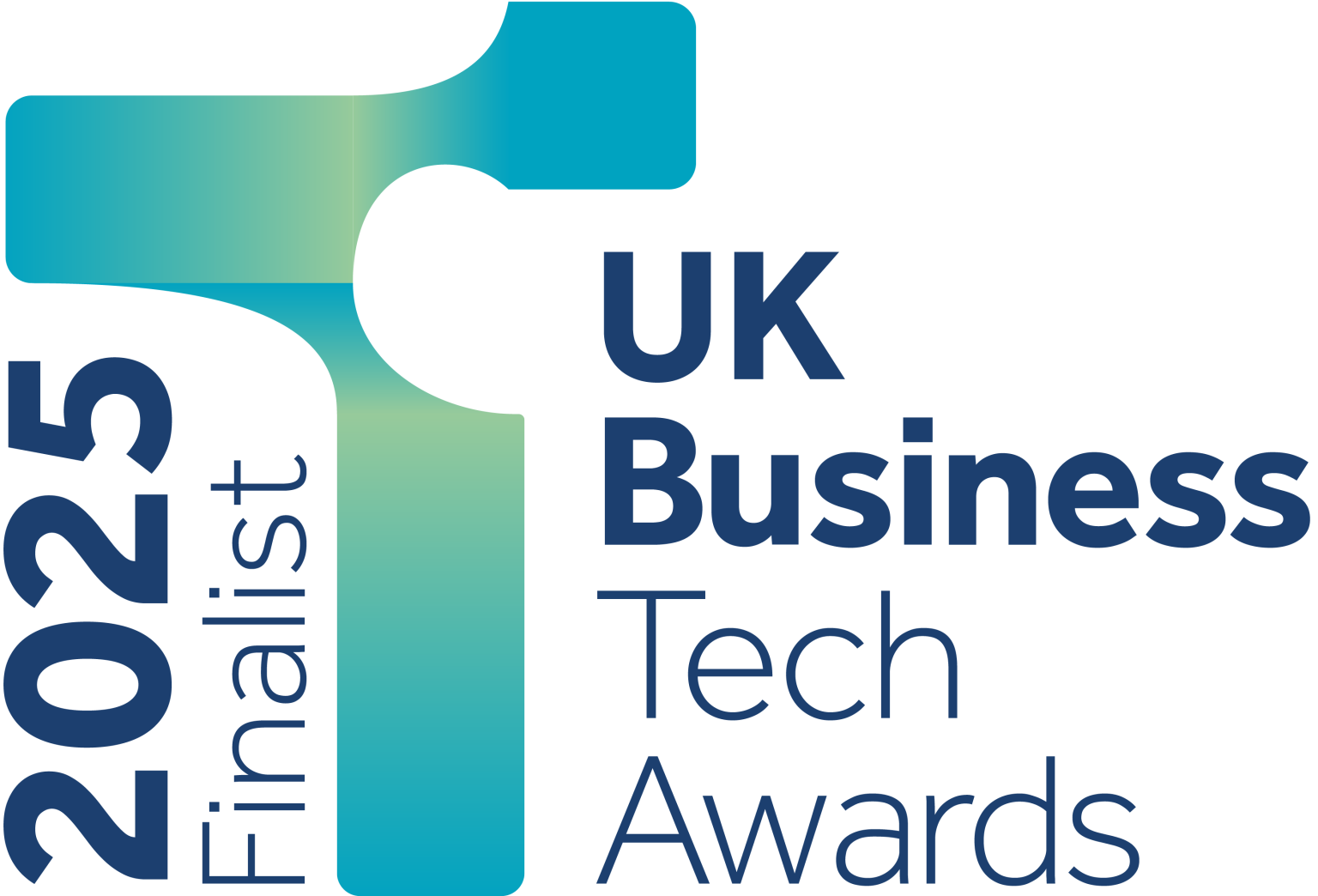AI for Higher Education: A student Journey Market Map

AI is on the rise! – This article touches upon some of the uses AI currently assists within higher education.
- 22 February 2022
- By Mary Curnock Cook and Nic Newman
Mary Curnock Cook, Network Chair, and Nic Newman, Partner, at edtech venture fund Emerge Education take a tour of AI tools currently available for universities, providing a ‘market map’ and emphasising the importance of data architecture to enable the adoption of AI solutions.
The adoption of technology in higher education is changing the way universities engage with students inside and outside the lecture hall. Artificial intelligence(AI) is expected to drive the change even further by enabling deeper personalisation for students and more streamlined operations at higher education institutions (HEIs). However, the education sector has been slower than others in developing and integrating AI tools.
In this blog, we look at those parts of the student lifecycle in which AI tools are being used and highlight some organisations building the tools. We also highlight the gaps along the student journey where HEIs are lacking tools, and the challenges HEI’s face as they integrate technology into their students’ journeys.
Discovery and enrolment
Tech organisations are developing tools to help universities identify prospective students and support them through the enrolment process.
AI-powered virtual assistant tools such as Mongoose Research’s Harmony and OneOrigin’s Sia allow students to ask questions about the university around the clock. Tools such as AdmitHub and Signal Vine can help keep students on track during the enrolment process. This software has been particularly useful for universities tackling the ‘summer melt’ – a phenomenon whereby students register at an institution but fail to turn up in the autumn. AI tools nudge registered students to stay on task leading up to enrolment, while developing predictive analytics to help universities estimate students’ intent to enrol more accurately.
Student experience and success
Organisations are building tools to automate personalised student services for an improved student experience.
AI tools are being used to carry out administrative activities that support better student outcomes. Tools such as Reup and Signal Vine help support retention efforts by maintaining open lines of (tech and human) communication with students, and analysing the data to identify and engage with at-risk students.
AI services are also being used to improve the quality of student experience. Students can use products such as Ida and n-Powered to get answers to student services questions on demand, and Caroami to mediate interpersonal conflicts in student accommodation.
Learning access and instruction
AI is making it easier to offer personalised learning experiences that adapt to individual student needs. Learning platforms such as Cerego and Cogbooks, assess each student’s strengths and gaps in knowledge, and help them achieve class goals. Teachfx is a pedagogical tool that helps lecturers measure student engagement and guides teachers towards better classroom dialogue.
One area of opportunity in this category is how AI might help students develop better learning habits. This is especially useful for first-generation students who may lack a family and friends network offering advice and support.
Assessment
Organisations are using AI both for grading and proctoring assessments. Grading solutions include tools to check for academic dishonesty (such as Copyleaks, which detects plagiarism), and those that help with formative assessments and feedback (like Crowdmark and Gradescope). Other interesting entrants into the field are Ametros Learning, which uses case-based simulations for assessment, and Ment-io that enables smart discussions and their analysis. One of the more mature use cases of AI in higher education is in proctoring, where universities use AI-enabled video and audio monitoring in remote exams to ensure exam integrity.
Career development and employability
There are few tools related to career services in the market and this is clearly a category ripe for fresh thinking and potential for AI. CiCI the careers chatbot is a leading innovation currently working with 2 major universities. To view the latest demo: https://careerchat.uk/demo/
Those tools that exist are focused on student outcomes grounded in student and industry data. For example, AstrumU helps quantify return on investment on education so universities can strategise course offerings and industry partnerships, and students can make informed decisions about course selection. NexusEdge and SteppingBlocks also create personalised pathways from college to career, enriched with industry relevant skills for students.
Market map
The market map below provides a broad view of which organisations are offering AI-enabled tools in the student lifecycle.

Opportunities
The market map reveals a gap for AI tools that focus on student experience, especially mental wellbeing and social engagement. Assessment solutions that speak to the new, more relevant forms of assessment rather than the old exam hall model are also needed. We’ve previously explored how assessment must become more relevant, adaptable and trustworthy and AI has a role to play here.
However, the greatest opportunity lies in the possibility of using AI tools together seamlessly to develop a holistic picture of each individual student’s journey – rather than ‘the student journey’. It enables greater personalisation and better planned interventions to adapt teaching and learning and support wellbeing.
As Ian Dunn, Provost at Coventry University, put it in an interview with Emerge, ‘to understand a student in detail, I need all these tools to speak together so that I can use the data together. How can I aggregate the data to learn about the student and plan interventions?’
Developers need to think about this kind of interoperability when they build – and universities need to consider how their own data structures help or hinder the goal of seamless AI.
Challenges
Our market map focuses on a selection of established organisations and emerging startups that have prioritised the use of AI for functions across higher education. It provides a snapshot of the functions being addressed in the market at the moment, and those where there is opportunity.
It’s important to note that HEIs in the UK are only just beginning to explore AI and may suffer from low confidence and expertise to take advantage of its possibilities.
There are also challenges around ethical concerns and cultural barriers. The potential for bias in AI is high and needs to be addressed. Confidence in algorithms has taken a very public battering thanks to the UK government’s A Levels grading fiasco in summer 2020. Meanwhile, lecturers fear their skills may be partially replaced, and students don’t want to pay for robots to teach them. They remain to be convinced that AI augments rather than replaces the human element of teaching and learning.
A way forward
Jisc, the UK-based organisation that supports HEIs by providing digital solutions for education and research, is developing a national AI centre to lead the way for AI in education, coordinating universities’ efforts and focusing on practical help and implementation. Its microsite, Explore AI, houses a collection of demos, including chatbots, face detection, sentiment analysis and text tagging, so users can experience how AI works and engage with it.
For Andy McGregor, Jisc’s director of edtech, institutional readiness is key to HE’s take up of AI. Nowhere is this more evident than around data. In an interview with Emerge, McGregor reported:
The university needs data architecture and to use all that data to make decisions. Universities will have to rethink processes/business models and get this architecture in place if they are to make the most of the potential for AI.
The universities we’ve spoken to that are making good progress on AI all take a non-siloed approach, building a core team to support the development and integration of AI solutions across the institution. Critically, they are working with tech organisations to co-create tools that fit together and provide strong solutions for real problems.






